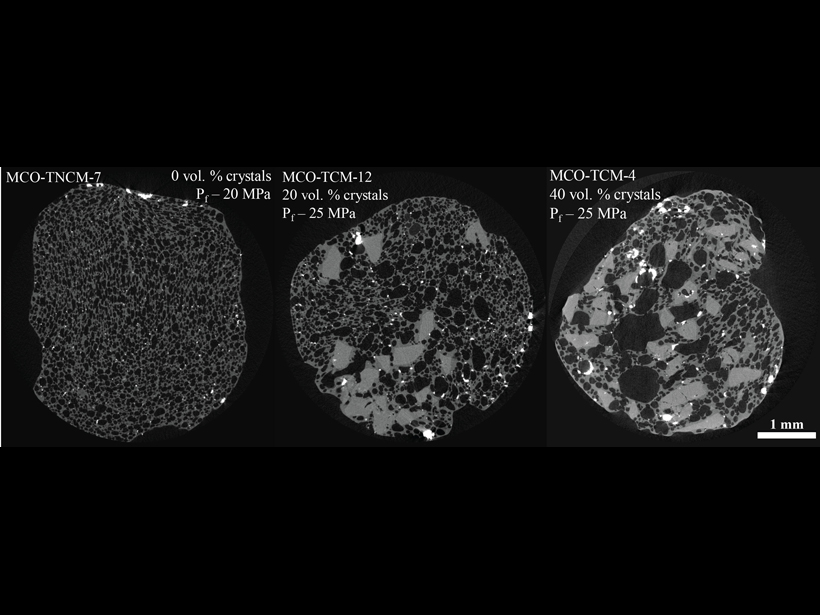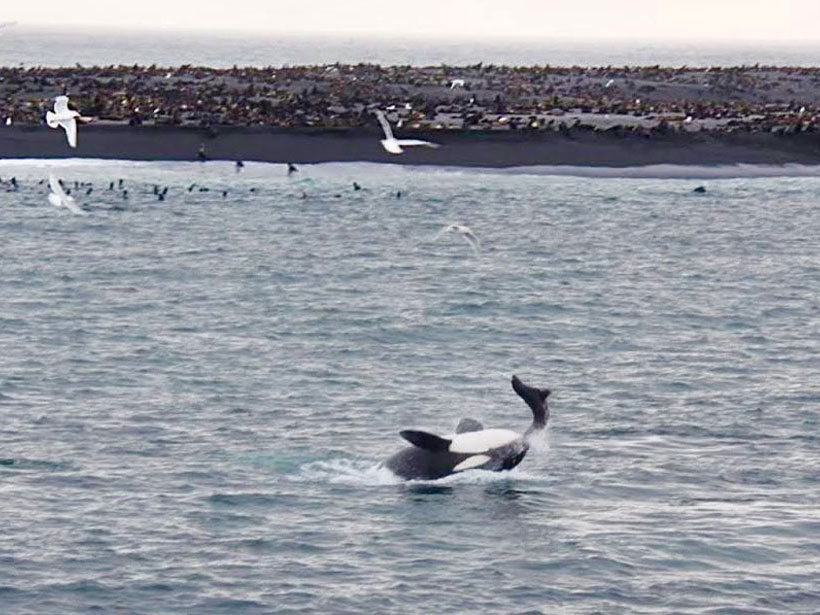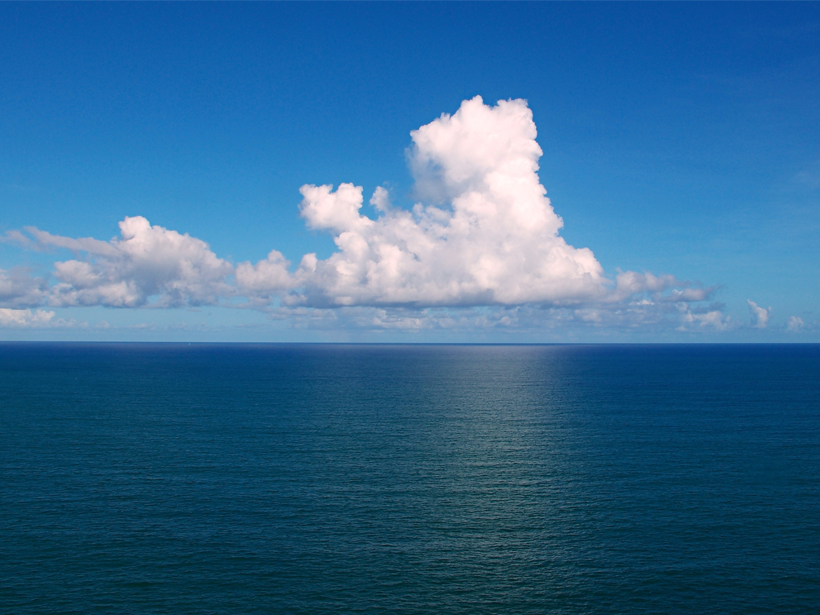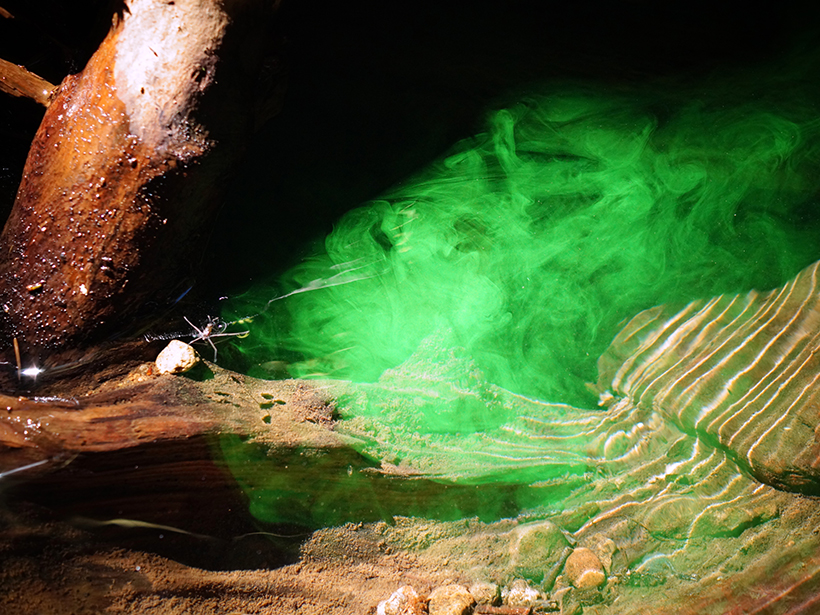Stars with giant planets tend to have a few key elements in abundance. A new algorithm used these patterns to predict hundreds of stars that will likely have exoplanets if we go looking for them.
geochemistry
Ancient Water Underlies Arid Egypt
A hidden trove of groundwater is left over from the last ice age.
The Effect of Coral Bleaching Events in the Great Barrier Reef
A new study using seawater chemistry compares the status of the iconic reef before and after a bleaching event.
Crystals Connect Bubbles in Explosive Magmas
Hydrous silica-rich magmas can degas through connected bubble pathways when as little as 20% crystals are present, influencing transitions from explosive, Vulcanian-style eruptions to lava effusion.
A Look at How Long-Banned PCBs Persist in the Ocean
A new study tracks how climatic factors like sea ice cover and ocean circulation affect the life span and distribution of polychlorinated biphenyls in the world’s oceans.
Water, Water Everywhere—But How Much H2O?
A new study quantifies the abundance of single and bonded H2O molecules in the ocean.
Understanding Stream Metabolism with Reactive Tracers
When the blue dye resazurin encounters living microorganisms, it transforms into fluorescent pink resorufin and helps scientists understand ecosystem respiration, but it has its limitations.
Old Idea Spurs New Research into Origins of Carbonate Mudstones
Using modern techniques, scientists tested an old hypothesis about carbonate mud production to shift the thinking about rocks that are used as seawater archives and a source of petroleum.
How Mars Lost Steam
Solar winds are not the main culprit in stripping the planet’s atmosphere, a new study suggests.
Isotope Geochemists Glimpse Earth’s Impenetrable Interior
Painstaking measurements of isotopes and their relative abundance in rocks have illuminated the hidden inner Earth and our planet’s origins and shadowy past for much of the preceding century.










